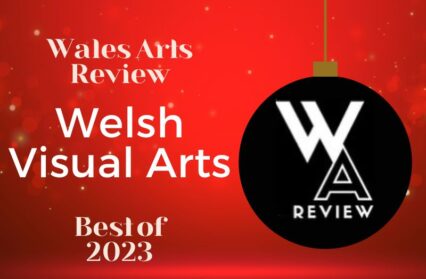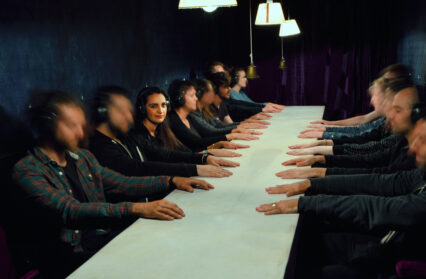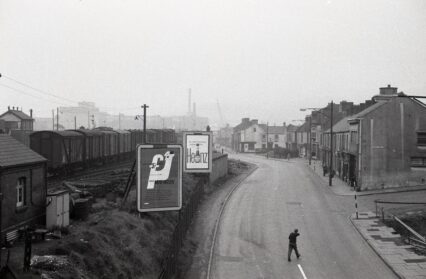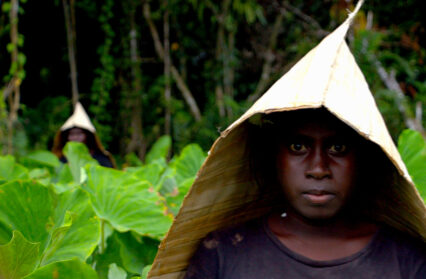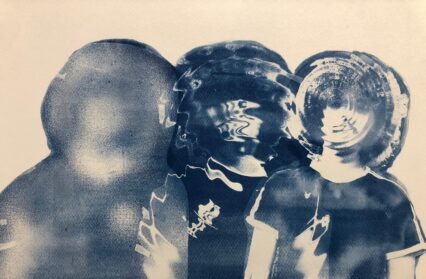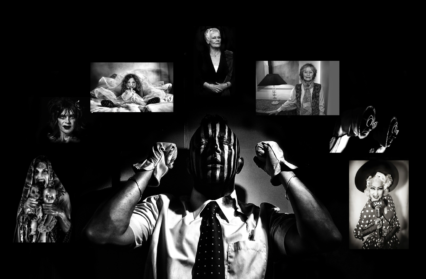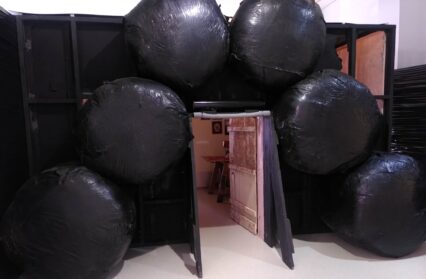Gary Raymond reviews Then and Now, an exhibition to mark 80 years of the Contemporary Art Society for Wales (CASW), at the Glynn Vivian Gallery in Swansea.
Great curators are master storytellers, and Peter Wakelin’s work on this celebration of eighty years since the foundation of the Contemporary Art Society for Wales at the Glynn Vivian Gallery in Swansea is as much about the dedication to the story of that society as it is a chance to see important artwork. Since 1938, CASW has collected over five hundred works by nine hundred artists, and although just a tiny selection of that work is on display here, Wakelin manages to draw the most significant lines between artists, movements, eras, and perhaps most importantly, attitudes in Wales to the cutting edges of art.
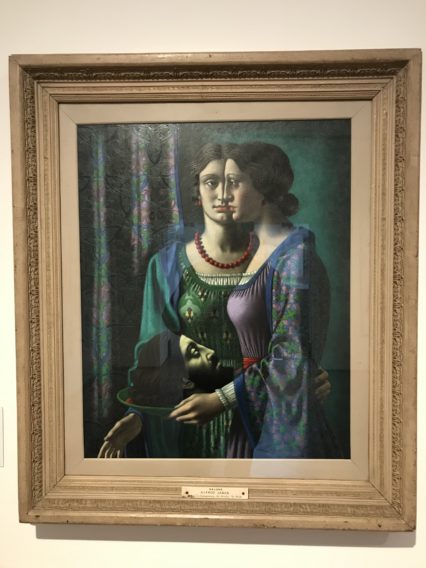
The exhibition spans the entire eighty years, from the first acquisition to the most recent, and to the naked eye there is here a fascinating development of focus. At first there is the sophisticated achievements of David Jones, Gwen John, and Brenda Chamberlain, before we are lifted through the mid and latter part of the last century, through Alfred Janes, Josef Herman, Ernest Zobole and Glenys Cour, up to Clive Hicks-Jenkins and Rozanne Hawksley. We see through this the remarkable portraiture in Gwen John’s “Girl in Profile”, and the steady shimmering beauty of Chamberlain’s “Children on the Seashore” (1950). In the early days, the first buyer of the society, James Bolivar Manson, was purchasing works that he felt were on the fringes of the mainstream, pushing boundaries as he understood boundaries, although he himself had little time for what he understood to be “modern art”. And the shift to more radical work is marked with the inclusion of Alfred Janes’ “Salome” from 1938, a classical subject rendered with explicit modernist style and symbolism. From that point the show opens out and the buttoned-up beauty of the earlier exhibits makes way for an eclectic array that gives off a wholly different energy. It also marks the end of Manson’s era as buyer.
One card notes the motivation of co-founder and artist Cedric Morris for establishing the CASW as a commercial one, hoping it would be a movement to help artists make some money from their work, but this is also the point where perhaps the work becomes less overtly populist. There is a marked contrast between the valleys of Herman and Zobole’s vertigo-inducing “Valley No.5”. A few steps on and Jeffrey Steele makes an appearance, with the quietly stunning black and white geometric repetitions of his “Hecuba”. The range of work on display is sometimes overwhelming for such a small space.
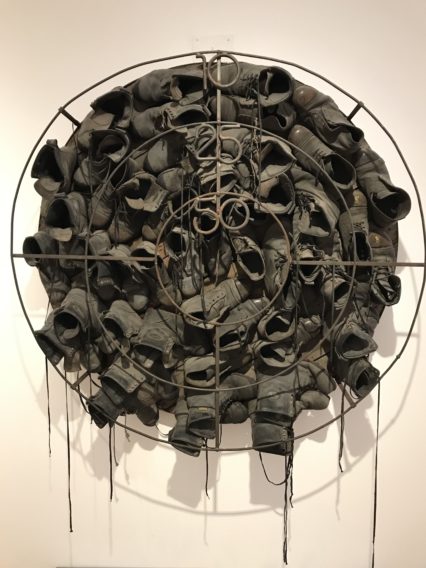
The centrepiece – if only because it catches the eye with its bleak sphere – is David Garner’s “Political Games 2, industrial boots” from 1995, exquisitely recreated here. Hicks-Jenkins’ contribution from the early 00s relates the Mari Lwyd to Picasso’s Minotaur, and represents what was once Hicks-Jenkins’ lingering obsessional figure. So here we see how the exhibition is not just telling the story of the development of contemporary art in Wales, as well as the story of the CASW, but it is offering rivulets into the works of some of Wales’ most interesting artists. Behind each piece is a range of stories, of worlds waiting to be delved into. Then and Now is a tantalising exhibition, hyperlinking us to the history of the contemporary art of Wales, and it states definitively that the history is rich and strong.
Lurking in the background of Then and Now is Peter Lord’s book The Tradition (2016), which argues that, contrary to the narrative established by English and anglo-servile critics and art academics of the nineteenth and twenty centuries, Wales has had a strong, clear and distinct development in contemporary arts over the last hundred years. There is more to art in Wales than portraiture, landscape, more than Kyffin Williams. If Lord’s book was a starting point in a new line of thinking on this subject – a welcomed, fresh, vital line of thinking – then Wakelin’s curation is the natural companion to that text, and the natural next step.
But where might these gradual steps lead? Perhaps the most important thing Then and Now does is it tugs at the need for a permanent home for the CASW collection, a National Museum for Contemporary Art, where much more of the five hundred pieces can be stored and displayed. Adam Price, leader of Plaid Cymru, recently wrote in Wales Arts Review of the need to resurrect the public debate on this matter. Then and Now is a taste of what such a place would offer, and it’s clear it would be an irresistible attraction that would undoubtedly put Wales on the international map.
Now and Then is on at the Glynn Vivian until May 16th.
You might also like…
From galleries to public art, Peter Wakelin takes a look back at some of the most significant moments in the last decade in the visual arts in Wales.
Gary Raymond is a novelist, broadcaster, and editor of Wales Arts Review.


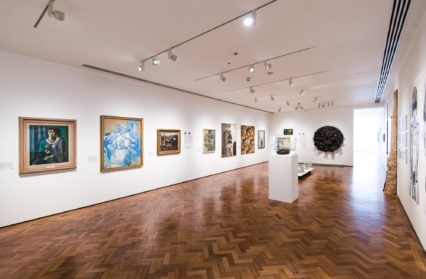
 Enjoyed this article? Support our writers directly by buying them a coffee and clicking this link.
Enjoyed this article? Support our writers directly by buying them a coffee and clicking this link.
